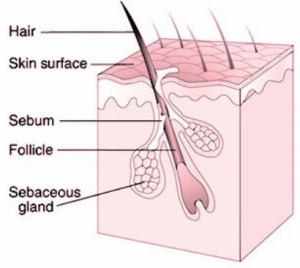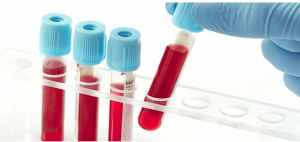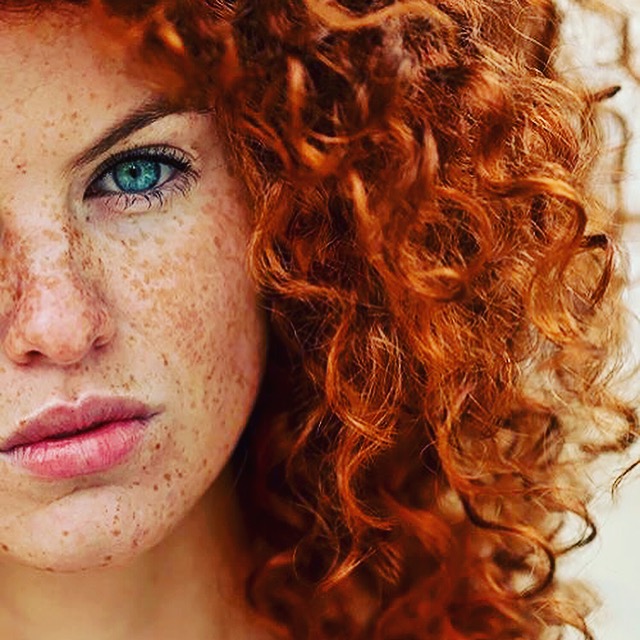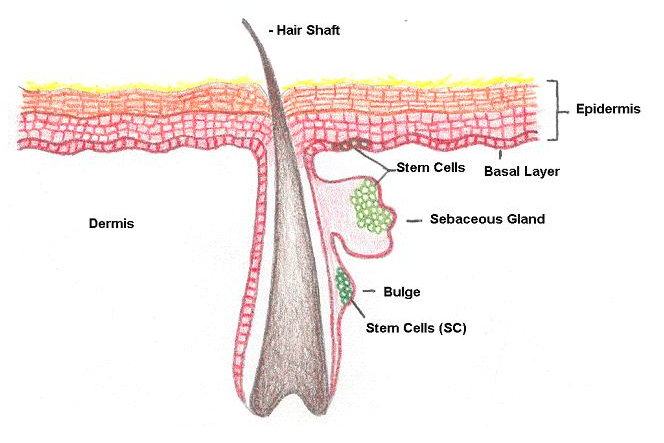Hair Science, Hair Concerns, Our Hair
PRESERVATIVES AND PARABENS
UNDERSTANDING PARABENS
 Parabens are a family of ingredients widely found in nature, especially in fruits such as fruits. They are esters of para-hydroxybenzoic acid, hence their name, and include methylparaben E218, and propylparaben E216. These compounds and their salts have been used since the early 1920s as broad spectrum preservatives in both food and skincare as they have excellent bactericidal and fungicidal properties. In nature, they are the reason some fruits stay fresh longer than others, such as blueberries compared to raspberries. We eat them in foods such as apples, blackcurrants, carrots, onions, grapes, yeast extract, wine vinegar and cheese. Studies show parabens are presen
Parabens are a family of ingredients widely found in nature, especially in fruits such as fruits. They are esters of para-hydroxybenzoic acid, hence their name, and include methylparaben E218, and propylparaben E216. These compounds and their salts have been used since the early 1920s as broad spectrum preservatives in both food and skincare as they have excellent bactericidal and fungicidal properties. In nature, they are the reason some fruits stay fresh longer than others, such as blueberries compared to raspberries. We eat them in foods such as apples, blackcurrants, carrots, onions, grapes, yeast extract, wine vinegar and cheese. Studies show parabens are presen
in foods at a level of around 600 ppm (parts per million). Natural vanilla extract is especially high in methyl paraben as it is one of its four main flavour components (it is also a natural component of plant lignin). Although paraben preservatives are created synthetically (it would be too expensive to extract the small amounts found in foods), the compounds are nature identical. This means that the paraben molecules synthesized and used as preservatives are absolutely identical on every level – molecular, structural and biochemical – to those found in fruits and other plants.
Many plants and some insects contain parabens and one interesting aspect of this is their ability to increase biodegradability in soils, ditch and drain water, river water and sludge treatment works. Studies by EG Beveridge show that the esters of methyl, ethyl, n-propyl, iso-propyl, n-butyl and isobutyl parabens all assist in the breakdown and cleansing of water and are intrinsic to all aerobic and anaerobic plant and animal life. Parabens are frequent in nature and can be considered to be ‘green’, biodegradable and natural.
ARE PARABENS SAFE?
Unlike some other preservative systems, parabens have a long established history of safety and are highly effective, which is why they are so widely used in the food, pharmaceutical and beauty industries. They are considered safe because of their low toxicity as well as being rapidly metabolised and excreted when eaten in foods: ie they don’t accumulate or get stored in the tissues of the body. Traces of parabens’ breakdown products are normally found in the urine of healthy people as they are a natural by-product of the amino acid tyrosine (found in many foods and some health food supplements) being broken down by the digestive process. Studies show that the presence of parabens and their breakdown products in urine is perfectly normal and the parabens could be there as a result of food and not necessarily from absorption through the skin of skincare products. Far from being dangerous, the main precursor of the parabens 4-hydroxybenzoic acid is actually also a precursor for ubiquinones (Co-enzyme Q10 to help increase energy levels). On the skin, parabens are generally non-irritating and non-sensitising unless you have a specific paraben allergy.
SO WHY THE NEGATIVE PUBLICITY?
 The reason for the bad press comes from both misinterpretation and flawed scientific studies: a study by Dr Routledge in 1998 reported mild oestrogenic activity in some paraben esters (no activity was discovered in methyl paraben). However, the activity was so weak is was almost undetectable, being 100,000 times weaker than oestradiol (the reference standard against which all oestrogenic activity is measured). Some oestrogens are known to increase the growth of tumours, although that is not the case here as the mutagenic activity of oestrogens depends on different free radical chemistry. However, this first study led to further work by researchers attempting to find parabens in breast cancer tissue. The reason for this study was that the researchers believed parabens to be present in most underarm deodorants and anti-perspirants. In fact, parabens are not and never have been ingredients in the vast majority of underarm toiletries. This is because preservatives are not generally required in these types of formulations (they are either aerosols or generally contain alcohol and other ingredients such as aluminium or zirconium salts and so do not require further preservation).
The reason for the bad press comes from both misinterpretation and flawed scientific studies: a study by Dr Routledge in 1998 reported mild oestrogenic activity in some paraben esters (no activity was discovered in methyl paraben). However, the activity was so weak is was almost undetectable, being 100,000 times weaker than oestradiol (the reference standard against which all oestrogenic activity is measured). Some oestrogens are known to increase the growth of tumours, although that is not the case here as the mutagenic activity of oestrogens depends on different free radical chemistry. However, this first study led to further work by researchers attempting to find parabens in breast cancer tissue. The reason for this study was that the researchers believed parabens to be present in most underarm deodorants and anti-perspirants. In fact, parabens are not and never have been ingredients in the vast majority of underarm toiletries. This is because preservatives are not generally required in these types of formulations (they are either aerosols or generally contain alcohol and other ingredients such as aluminium or zirconium salts and so do not require further preservation).
There are a few brands which previously contained parabens, and a handful that still do, but 95% of the market are formulated without parabens and always have been. Despite the rumours, they were not subsequently removed en masse following this study as they were not present in the majority in the first instance. These researchers found traces of parabens in a study of 20 breast cancer tissues. However, parabens were also found in the blank controls – in fact, one of the ‘blank’ controls contained more total parabens than 12 of the tissue samples and the second highest ‘blank’ contained more parabens than 9 of the tissue samples. So, parabens were present in both the breast cancer tissue samples and the blank controls! Peer-review has shown this to be a highlyflawed study and instead of being present in the breast cancer tissue, it is more likely that the parabens (measured in parts per billion) were actually already present on the glassware. Later reviews of this trial now conclude that the presence of parabens in the tumour tissues is most likely to have come from contamination of the laboratory apparatus used in the trial.
Other studies quoted to discredit parabens include a trial where an adverse oestrogenic effect on fish was discovered by injecting fish with very large amounts of parabens, at levels of 100-300mg/kg bodyweight (not something that is likely to occur either in fish or in humans). Studies on rats and mice have also shown some disruption to sperm by feeding them large quantities of parabens, but again we are not likely to eat the vast amounts of parabens involved and many toxicologists do not accept these findings as either relevant or valid. Such is the misinformation and mythology surrounding parabens as ingredients that, in skincare, some products now declare themselves to be ‘parabens free’ as if this is a virtue. This highlights the dangers to consumers of some companies supporting inaccurate information.
IN SUMMARY
The safety of parabens, and the risk of using haircare which has not been properly preserved, are at last starting to be appreciated by well-researched media. However, many scare stories are fed by commercial companies or organisations with their own agenda. They may also be fuelled by broadcasters or newspapers seeking higher ratings or sales figures. The news that parabens are both natural and safe to use is not exactly an exciting headline, but the good news is that you can continue to enjoy both eating parabens in foods such as fruits and using parabens in skincare without fear.
WANT TO KNOW MORE?
These websites are useful as they tend to offer balanced and credible viewpoints, backed with detailed peer-reviewed research on all kinds of health and beauty myths:
An excellent and informative website run by the Cosmetic, Toiletry and Perfumery Association in the UK. Worth checking for a balanced and legally accurate view whenever there is a scare story in the media.
A UK charity for scientific information written by leading scientists.
The European Cosmetics Association website, which contains useful information on EU legislation and product labelling.
An American website run by the American Council on Sciences and Health, a consumer education consortium.


